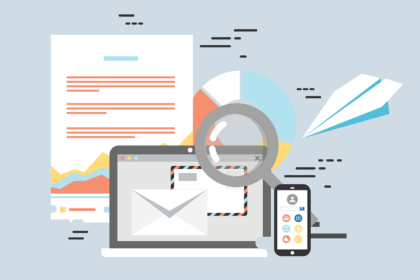This article will discuss some strategies that you can employ to reduce credit risk in your business.
It’s a topic of real significance for any new or expanding small business, so pay attention!
Here is how you can reduce credit risk:
1. Try before you buy!
This idea will work well for many businesses, tiny businesses with a physical product or service. Order a sample product / talk to a salesperson before you commit to any long-term contract. The beauty of this approach is that it reduces the dangers involved in dealing with unknown suppliers, new products, or service providers.
2. Anticipate future cash needs
Develop a cash flow forecast to help predict your future cash needs related to all of the types of credit you will be using. It is important to distinguish between trade creditors, repaid within 30 days (or less), and other creditors for whom payment may take longer. In some cases, as many as 90 days may pass before they see their money.
There may be nothing wrong with that, but you need to be aware of it and build up a reasonable cash buffer to pay the longer-term creditors (if, indeed, you have no choice). This is often done through retained earnings.
3. Find out if you can ask your suppliers for a payment extension!
If you tell your suppliers that you have run into a cash flow problem and will appreciate it if they can give you an extension, they will be willing to do so more often than not. Of course, this depends on the nature of your current business relationship with them – for example, whether or not there is a credit limit in place! If it is likely that there will not be a problem, then it may pay to keep the relationship on a ‘normal’ footing by placating your suppliers with favors and concessions.
4. Use Charts to monitor expenses
The purchase of a good chartbook may seem like an unnecessary expense, but it can save you money in the long run and help to prevent costly errors. If your business involves buying or selling goods overseas, then you should get a chartbook that has all of the relevant conversion rates, so you will always know what your expenses are going to be in any given currency.
5. Have a good set of accounts for your business
They should enable you to monitor the performance of your business at any point in time so that you can take remedial action if necessary and plan. You will need three basic types: a cash book, an income statement, and a balance sheet (more or less as per the accounts in your annual return). It is also worthwhile looking at a “Cash Flow Forecast” that enables you to show where all of the money in and out of your business is likely to go.
6. Prioritise credit control
Many small businesses would love to grow more quickly, but they tend not to put credit control at the top of their agenda. It will be an important task to ensure that your business doesn’t suffer as a result.
7. Track all credit applications and rejections
You need to establish systematically if you are running into any problems with suppliers or customers who have been given credit and whether or not they are paying on time or at all! The best way to do this is by keeping track of every application for credit (and how it was handled) just as you would with invoices and payments received from your customers.
8. Encourage prompt payment of bills
In an ideal world, all creditors would pay on time, but that is unlikely to happen. The best way to force them into line is with a formal invoice accompanied by a letter asking for payment within 30 days. If it doesn’t arrive, send off another and keep doing so until you get what you want – or the account has been paid!
9. Be wary of credit card finance
If your business deals heavily in credit cards, you need to be aware of changes that may affect your business ‘bottom line’. For example, under new legislation from the EU (January 2010), businesses will no longer pass along charges for accepting credit cards onto customers at different interest rates, which many companies did previously.
10. Use stop orders before incurring too much debt
If you don’t put a stop to your liabilities, then you can run up debts that are far too high and may have difficulty paying them off. Ask yourself this question: what would happen if all of my creditors went suddenly bankrupt tomorrow? If the answer is that the business could not survive, then it might be worth putting in place some contingency plan whereby debts are paid before other things (like salaries) are taken care of.













